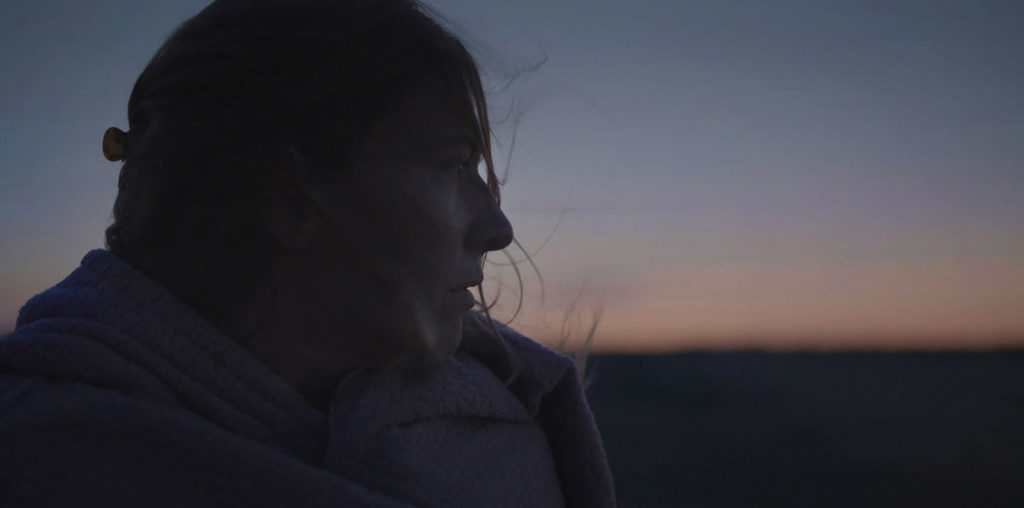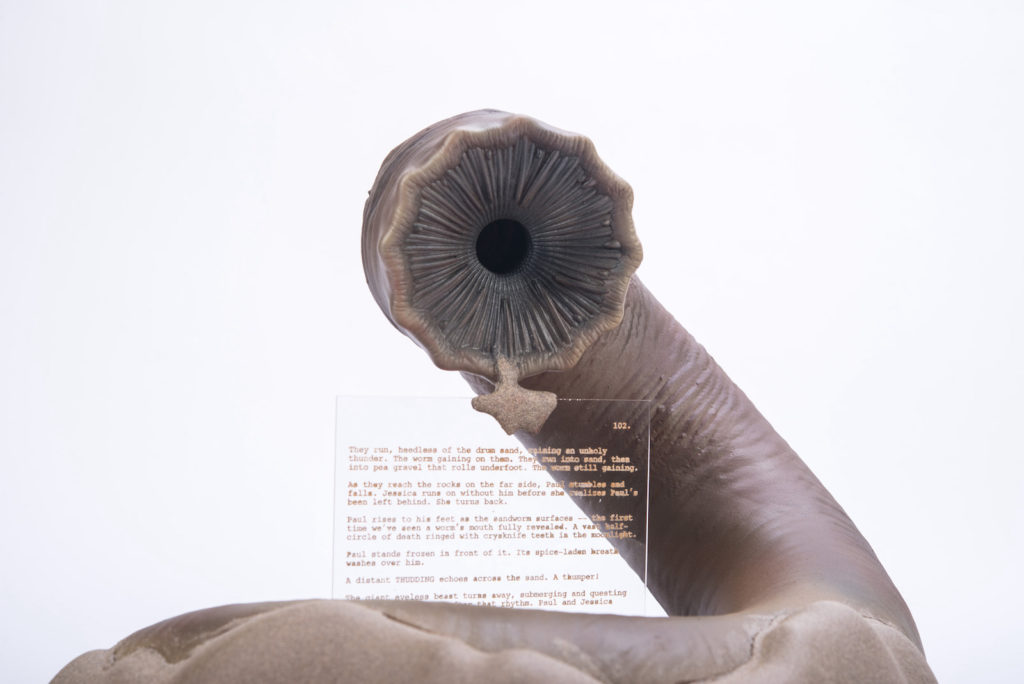
Step right up to some of the most uneven movie match-ups of summer cinema! In one corner, we present grizzled, death-defying he-men (and “he-robots”) like John McClane (“Live Free or Die Hard”) and Optimus Prime (“Transformers”). In the other, we have narcissistic, under-achieving dorks like bargain-basement stuntman Rod Kimble (“Hot Rod”) and video game guru Jarrod of “Eagle vs. Shark.”
The former battle-scarred team boasts rippling biceps and enough testosterone to fuel a clone army of Marlboro Men. The latter, however, has the power of complete delusion – and possibly psychosis – on its side. Inspired by the self-satisfied dufus antics of Zeitgeist nerd Napoleon Dynamite, these supreme geeks think they’re hot s**t – with only thick spectacles, white-guy afros, squinty eyes, and mouth-breathing to defend themselves from their opponents’ muscular supremacy.
In “Eagle Vs. Shark,” joystick-wielding putz Jarrod finds himself the lust object of Meaty Boy burger-flipper Lily (a radiantly ditzy Loren Horsley). However, he’s too f****d up to realize this potential love interest – for a legitimate, heartbreaking reason. Director Taika Waititi informs us of a family tragedy that pushes Jarrod to fill the missing void. This revelation gives “Eagle vs. Shark” an added layer of complexity.
New Zealand-based Waititi (also known as Taika Cohen) first made waves in 2003, as the creator of Oscar-nominated short “Two Cars, One Night.” Meanwhile, he’s also an experienced painter, photographer, and stand-up comedian. Following a screening of his film at the Seattle International Film Festival, Waititi described the physical changes his actors in “Eagle vs. Shark” employed to bring their characters to life. He also explained the strange way in which tragedy empowers his comedy, and discussed how society’s use of words has morphed over time. As a bonus, the director provided a useful list of “New Zealand Film” recommendations.
During the film’s Q & A, someone asked you if the characters’ hairstyles were based on hair-metal bands of the eighties.
Yeah. I like that the movie isn’t set in a particular time. It’s obviously somewhere between the eighties and now. There’s no way of telling what year it is. I like to watch a film that’s timeless, where you can watch it ten years later and it doesn’t seem dated.
Some of it looked contemporary, including the computers, while other portions looked retro. The paneling on the interior walls, for instance.
A lot of the locations were pretty much found outside of the studio. They were real persons’ houses, in the suburbs of Wellington (New Zealand). The house that Lily and her brother lived in was an actual house, filled with tiny porcelain animals all over the place.
At the film’s Q & A, you mentioned being an admirer of Loren Horsley’s previous work. What had she done prior to playing Lily in “Eagle vs. Shark”?
She has got a really good reputation and a lot of respect in New Zealand for being an actor. She’s very committed and dedicated. She’s not known in the mainstream, but is very well known in the independent theatre community.
There was talk that she tapped into things from her childhood to depict Lily.
She adopted a different physicality for the role. She hunched her shoulders, and drew all of her energy to a core. She tried to remember how she felt as a teenager, around other people. I think a lot of teenagers feel that way, kind of growing into their bodies.
Speaking of physicality, is it true that you had the actors wear bigger shoes to accent their clumsy natures?
Yeah. Even if you forget about it, subconsciously your body’s still reacting to it. There’s something not quite right, and your body’s trying to walk with big, clunky shoes.
You’ve mentioned that Jarrod (Jemaine Clement), the film’s male lead, embodies some of the worst traits of men. What are some of the nastiest aspects of our gender – things that we do wrong?
I think… self-absorption, and a lack of ability to emotionally connect to other people. Men are not as communicative as women are, when it comes to emotions, and the truth about how you feel. Jarrod is a sufferer of these, but he’s also a guy who is trying to be something that he’s not. There’s a lot of pressure on him to perform. He feels like there’s a hole in the family unit that needs to be filled. Perhaps he can do it. I think it’s a really tragic situation, which is what I’m really attracted to.
The absence of Jarrod’s brother (who is seen only in flashbacks, having died tragically before the story begins) was a crucial element in the film…
Yeah, just the fact that the family can’t get over this. It’s a situation that’s actually quite common. A family loses something, and they’re always pining for the thing that’s gone – while kind of forgetting about the stuff that they’ve still got.
Jarrod’s father was confined to a wheelchair, even through he wasn’t physically disabled. It was as though he had lost the will to even ambulate after his other son had died.
Yeah. I think an audience could easily sit back and say, “Oh, that’s unreal.” You’re watching people doing extreme things. But most of these situations are based on fact. I’ve known people so depressed, they can’t move. They can’t get up for supper. It’s like they’re wrapping themselves in a blanket to insulate themselves.
You played Jarrod’s deceased brother in the picture. You mentioned that this was something you were familiar with…
I knew a family who couldn’t get over the death of a brother, who was a tremendous, amazing athlete. The family star. I just think that’s a really interesting dynamic in a story. It provides for really interesting storytelling.
At the film’s Q&A, you said that much in life could be spoken very simply, without a lot of words. You suggested that we use too many words. We tiptoe around a lot of things in our society, with words and social nuances.
I’m guilty of it myself, and I would like to be more efficient with words. A hundred years ago, it was all about words. We had wonderful letter writers; people who were really literate. Now it’s kind of sad, how people try to express themselves day to day. Animals can communicate so truthfully. They never lie to each other. It’s on a basic level, simple and efficient. A dog comes up, sniffs, and says, “I don’t like you.” Obviously, with humans today, you wouldn’t do that. There’s so much going on, and so many things to take into consideration when you’re talking with other people.
The animated sequences – many involving half-eaten apples – really gave the film its own personality.
The guys who did those animations had been doing it for twenty years. They were friends of mine. That’s all they do. I’m lucky, as a director and a writer, to be able to write something involving animated apples, then see it happen in they way that I really wanted it to be realized. That group of animators has worked on all of my short films, before this one. They do a lot of computer animation and special effects in my films, through a company called Another Planet.
It sounds like there’s a unique artistic community in Wellington, New Zealand.
It’s a really great place to work. You get a lot of favors. You get a lot of stuff done in one day. In LA, you get about two things done in a day. That’s the way it is, especially if you have to drive somewhere. Wellington is a tiny little town. It’s really condensed. All of my friends there seem involved in the arts, whether it be film, dance, or music. You can make anything there. It’s this little community of creative people. It feels very communal, with everyone helping out with each other’s projects. A friend did two songs for the film, and I did their album art in return. There are filmmaking collectives.
A group called the Phoenix Foundation worked on the film’s soundtrack.
They did most of the music. It’s a really brilliant band. Very poetic music. A lot of acoustic stuff mixed with synthesizers and strange instruments. Very unique sound.
During a scene late in the film, you incorporate stop-motion animation to make two sleeping bags appear as caterpillars crawling along the landscape.
That’s exactly right. They’re caterpillars, meant to symbolize a sort of metamorphosis stage of the characters. They’re changing.
I’m sure the shadow of Peter Jackson looms large over the New Zealand film industry. At the Q & A, however, you suggested that the country didn’t promote its own talents as much as it could…
I think it’s starting now. I think what I really meant was that we never really had a huge audience in New Zealand for New Zealand film. I think when people go to the movies, they would rather spend their twelve dollars on an action film with Tom Cruise, as opposed to seeing a local, low-budget film. I just want that attitude to change. It’s happening. New Zealand film is getting a lot of attention overseas. People are noticing that we make good comedies, as well as darker films. In turn, this will help encourage our filmmakers to stay and work at home. Historically, many filmmakers have made one great film in New Zealand, then they come to America and make films where you wouldn’t even know who directed it. Sequels and such. There are so many guns over here for hire, what’s the point? I guess money is an important thing, but I survived for thirty-one years on no money, quite happily. But we all need to feel some security financially, so money can be nice.
People who watch “Eagle vs. Shark” are sure to become curious about New Zealand cinema. Which movies would you recommend?
“Heavenly Creatures” by Peter Jackson, “Topless Women Talk About Their Lives” by Harry Sinclair, “The Piano” and “Sweetie” by Jane Campion, “Once Were Warriors,” by Lee Tamahori, “Rain” by Christine Jeffs, and “In My Father’s Den” by Brad McGann.

